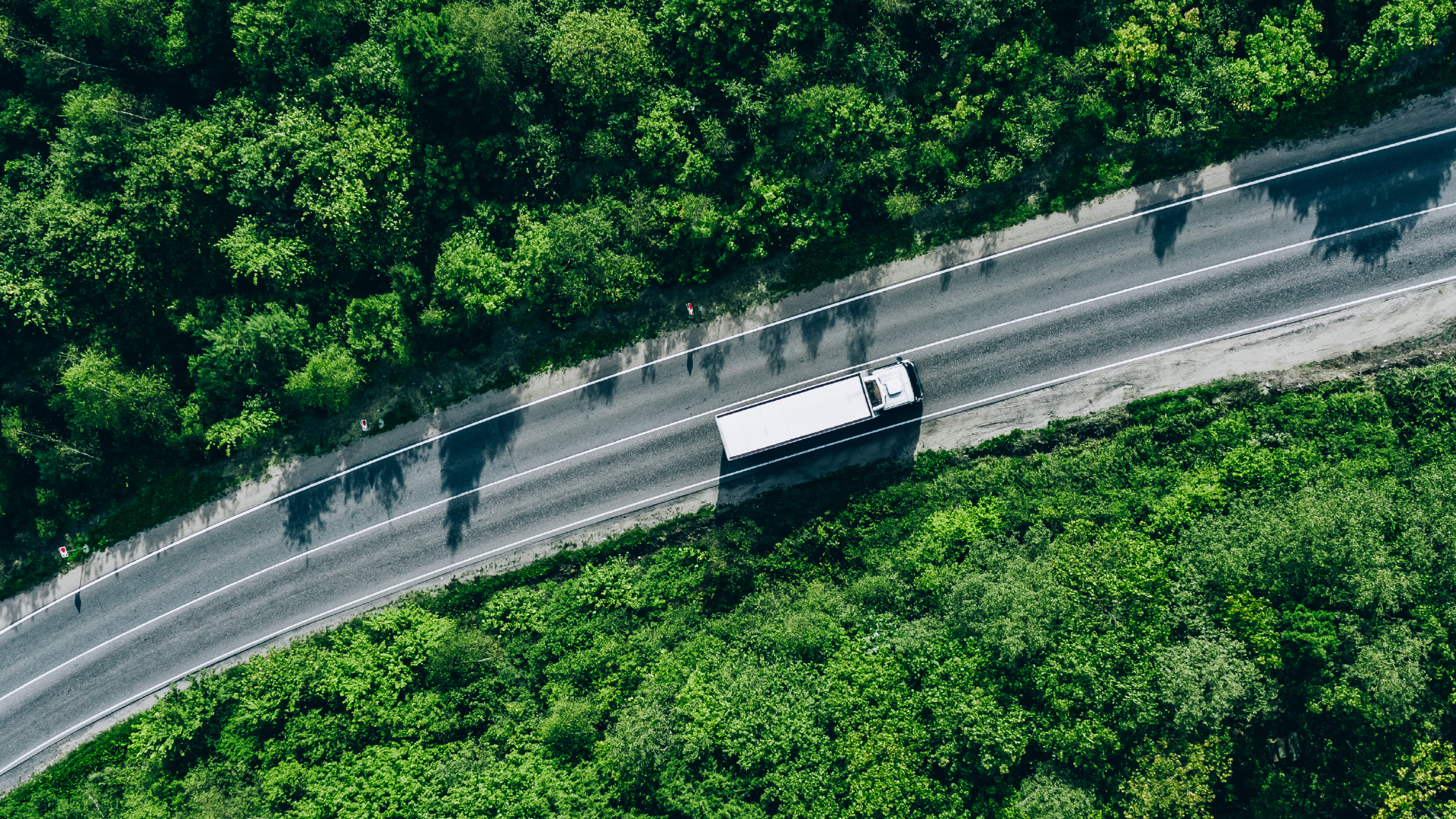Scientists studied microbes feeding on Antarctica’s first methane leak – here’s what they found

Methane is leaking into the atmosphere from Antarctica's melting ice. Image: REUTERS/Ueslei Marcelino
- Antarctica holds up to a quarter of the planet’s marine methane.
- The first known methane leak in Antarctica could be a worrying sign of more to come.
- Ocean-dwelling microorganisms eat methane, preventing it from being released into the atmosphere.
Scientists have made an alarming discovery about the floor of the Ross Sea in Antarctica.
It has an active methane leak – the first to be found in Antarctica – and the microbial communities that usually feed on the gas are not growing quickly enough.
Antarctica is thought to contain up to a quarter of the planet’s marine methane – a greenhouse gas far more potent than carbon dioxide.
Some scientists are concerned that as the region continues to warm, dormant methane deposits trapped beneath age-old ice could escape into the atmosphere, triggering rapid and irreversible climate change.
The study, published in the journal Proceedings of the Royal Society B, notes that while the dangers of polar methane seeps are widely acknowledged, too little is known about them and the microbial communities that feed on them.
Methane trapped in polar ice
In the Arctic, NASA highlighted the future climate warming potential of methane in melting permafrost. Using aerial infrared imaging, scientists mapped millions of methane hotspots across the vast region.
In the Ross Sea study, it took between one and five years for the microorganisms to respond to the methane leak and form a “sediment filter”. And even with a microbial population in place, methane continued to escape into the ocean.
The researchers say they remain uncertain about the origin of the methane leak. The catalyst may not have been climate change because the Ross Sea area has not warmed significantly.
Sea ice loss
Reversing decades of sea ice growth, Antarctica has experienced melting at an unprecedented rate in recent years. More than 2 million square kilometres of the region’s sea ice has disappeared since 2014.
White sea ice reflects the sun’s rays, preventing heat being absorbed by dark water, which helps slow ocean warming. Sea ice also provides a habitat for seals that feed on nutritious krill, and is a breeding ground for penguins and other wildlife.
It remains to be seen whether the Ross Sea leak will be the first of many Antarctic methane seeps. But its discovery has broadened scientific understanding of how methane is consumed and released in Antarctica.
The researchers say they hope knowledge gained about microbial populations’ delayed response to methane seeps will help to improve the accuracy of future global climate models.
What’s the World Economic Forum doing about climate change?
Don't miss any update on this topic
Create a free account and access your personalized content collection with our latest publications and analyses.
License and Republishing
World Economic Forum articles may be republished in accordance with the Creative Commons Attribution-NonCommercial-NoDerivatives 4.0 International Public License, and in accordance with our Terms of Use.
The views expressed in this article are those of the author alone and not the World Economic Forum.
Stay up to date:
Antarctica
Related topics:
Forum Stories newsletter
Bringing you weekly curated insights and analysis on the global issues that matter.









